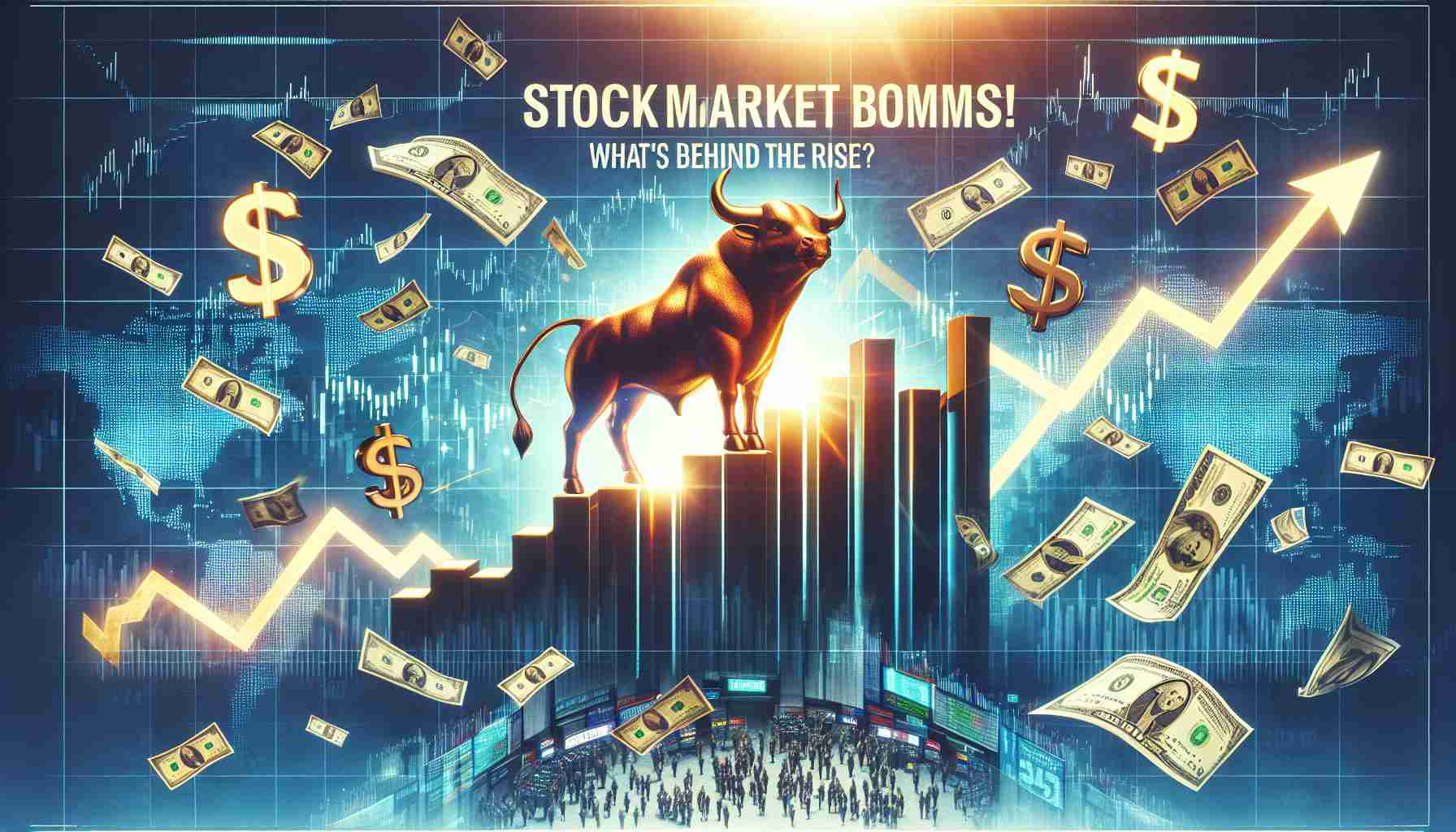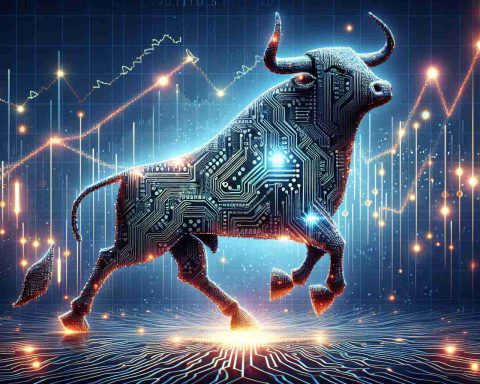The US stock market has experienced a remarkable surge, with the S&P 500 index seeing a dramatic increase of over 40% in just two years. Despite the broader economy growing at a modest 3% rate, Wall Street is on a winning streak, driven primarily by excitement surrounding artificial intelligence (AI) and the expectations of a business-friendly political climate.
Financial Factors Fueling the Climb
This historic rise, the largest two-year hike of this century, has been bolstered by the anticipation of favorable policies from the incoming Trump administration, which investors believe will cut taxes and roll back regulations. Additionally, the hope for future interest rate cuts by the Federal Reserve, although tempered by a recent cautious approach, has continued to drive optimism.
Global Economic Warning Signs
While the US stock market shines, warnings from economists about potential risks are gaining attention. Many express concerns over potential inflationary effects from Trump’s tariff policies, which could affect global economic conditions and influence the Fed’s strategy on interest rates. Furthermore, the global economic landscape shows signs of stagnation, with Europe’s growth slowing and China struggling to maintain its targeted expansion rate.
Private Equity’s Growing Shadow
Private equity is also playing an increasingly significant role in the global financial system, sparking concerns of hidden risks. With assets under management skyrocketing and a lack of transparency troubling regulators, these markets could add unaccounted systemic risks.
Amid enthusiasm, experts continue to issue cautionary notes, reminding investors of the challenges that could temper this bull market’s trajectory. While expectations remain high, the complex interplay of global and domestic factors could change the financial landscape in the years ahead.
Is the US Stock Market’s Boom Supported by Artificial Intelligence? Exploring the Future of Wall Street
The US stock market has recently witnessed an impressive surge, particularly within the S&P 500 index, which saw over a 40% increase in the past two years. This boom, despite the overall economy growing at a modest rate, has primarily been attributed to burgeoning interest in artificial intelligence (AI) technologies and the anticipation of a political environment conducive to business growth.
AI and Its Impact on Wall Street
Artificial intelligence has emerged as a key driver of investor excitement, with various sectors integrating AI to enhance efficiency and innovation. As AI continues to evolve, its ability to offer predictive analytics, streamline operations, and cater to personalized consumer demands makes it a promising component of future economic growth.
– Pros of AI in Stock Market: AI technologies facilitate better data analysis and decision-making for investors, allowing for more precise market predictions and strategies. The automation of trading processes has further enhanced efficiency, reducing human error and operational costs.
– Cons of AI in Stock Market: However, reliance on AI also comes with potential drawbacks, including the risk of algorithmic errors and ethical concerns regarding data privacy and bias.
Financial Policies and Their Influence
The stock market’s rise is also influenced by the anticipation of business-favorable policies, such as tax reductions and deregulation, from previous administrations. The potential for reduced corporate taxes and regulatory easing has buoyed investor confidence, contributing to the upward trajectory of stock indices.
Global Economic Indicators and Challenges
Economists caution against excessive optimism, pointing to global economic warning signs that could impact market stability. For instance, inflationary pressures from trade policies, particularly tariffs, could alter the Federal Reserve’s approach to setting interest rates. Furthermore, the economic slowdown in Europe and China’s struggle to meet growth expectations underline potential vulnerabilities in the global financial system.
Private Equity and Systemic Risk
The expanding role of private equity is another factor to consider. With its assets under management growing rapidly, there are concerns about the transparency and stability of these investments. The opaque nature of private equity investments poses hidden risks that could threaten financial systems if not adequately regulated.
Future Outlook and Predictions
As Wall Street continues its upward journey, experts emphasize the need for caution in navigating future economic and market landscapes. Whether driven by technological innovation, policy changes, or global market dynamics, the interplay of these factors is expected to define the course of the financial markets in the coming years.
To stay informed about these market trends, visit Wall Street Journal for comprehensive analyses and updates.
Conclusion
The combination of AI advancements and favorable financial policies has driven a substantial rise in the US stock market. While opportunities abound, potential risks from global economic shifts and private equity growth warrant careful consideration. Investors are advised to maintain a balanced perspective, recognizing both the promise and pitfalls of this bullish market environment.












